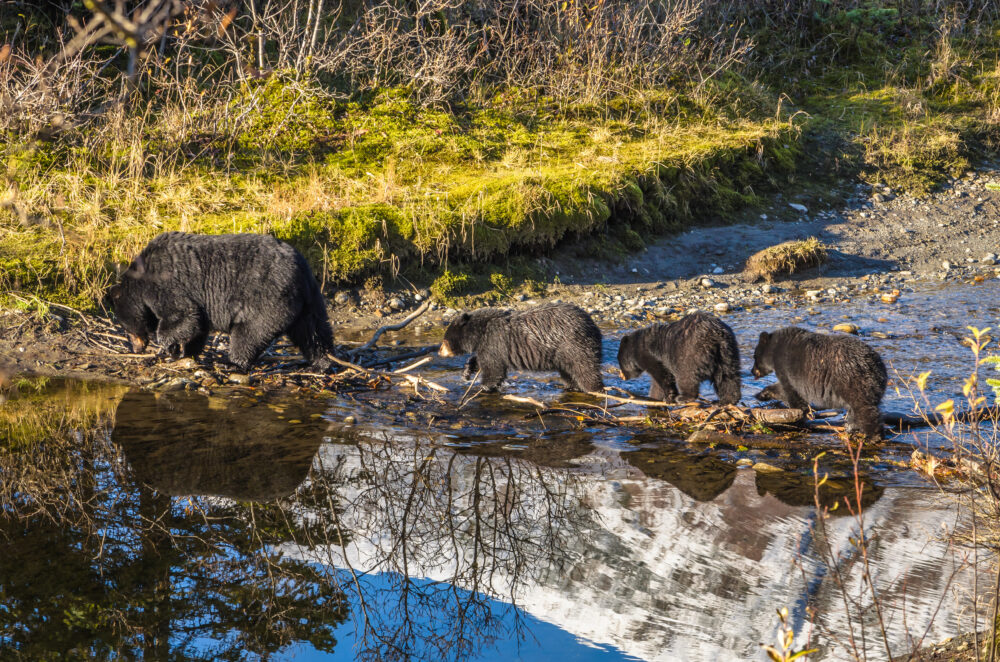We have much more to do and your continued support is needed now more than ever.
Wildfire: Climate Change in California
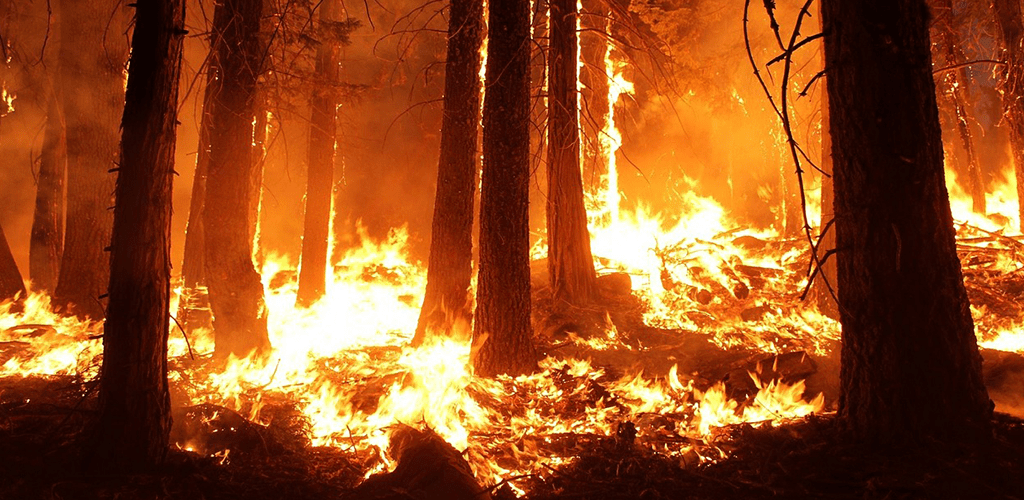
In 2015, more than 2,500 structures were burned in the Valley and Butte wildfires alone. Since 1970, wildfires have burned more than twice the area as expected, and fire season has lasted 78 days longer in California. Climate change impacts, such as earlier snowmelt, longer fire seasons, and hotter, drier conditions, have led to an increase in wildfire activity.
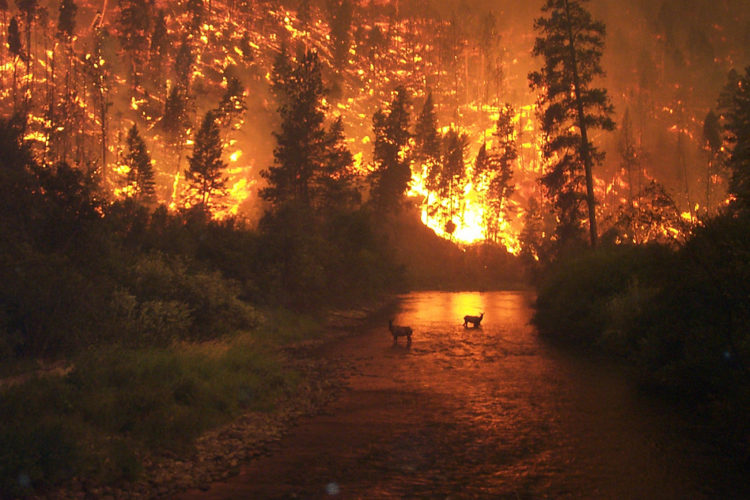
Impacts to Wildlife and Ecosystems
While wildfires are a naturally occurring disturbance on the landscape, wildlife and ecosystems can suffer as a result of intense and large-scale wildfires. The following are examples of how severe wildfires can harm wildlife:
- There is increased risk of erosion and runoff as plants and their associated root systems are damaged by wildfire. Without stabilizing vegetation to hold the soil in place, rain can wash the soil into waterways, thus polluting and damaging the streams, rivers, and lakes on which fish depend.
- Wildfire can release large quantities of stored carbon into the atmosphere from burned vegetation, further exacerbating the impacts of climate change. California has lost as much as 69 million metric tons of stored carbon between 2001 and 2010 due to wildfires.
- Severe wildfires can burn away all vegetation and destroy native seedbanks, promoting the spread of invasive and exotic plant species which tend to have negative impacts on native wildlife.
Outdoor Recreation Loss
Over the years, the National Forest Service (NFS) has had to dedicate more funds to fighting wildfires, taking the needed money from other programs. This has resulted in a 15% spending reduction in the NFS’s Recreation, Heritage and Wilderness programs, threatening outdoor recreation economies and placing associated jobs at risk.
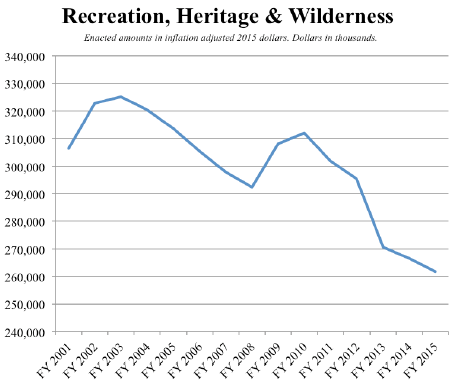
The lack of funding, which should have been used to maintain roads, trails, and other facilities, has had a direct impact on outdoor recreation opportunities such as hunting and fishing. The National Forest Service currently has a deferred maintenance backlog of over $5.1 billion. Many of the projects have been waiting on funds for 30 to 50 years.
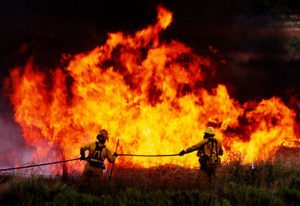
As wildfires grow more severe due to a rapidly changing climate, we can expect more spending that should be used to increase access to outdoor recreation to instead be funneled toward firefighting emergencies. The National Forest Service projects that fire suppression will cost as much as $1.8 billion by 2025.
As the threat of wildfires grow in California and the rest of the U.S., the need to fight climate change becomes even clearer. It is critical that congress take action to prevent the loss of natural resources and reduce the impacts of climate change through national climate policy.
Take Action


















